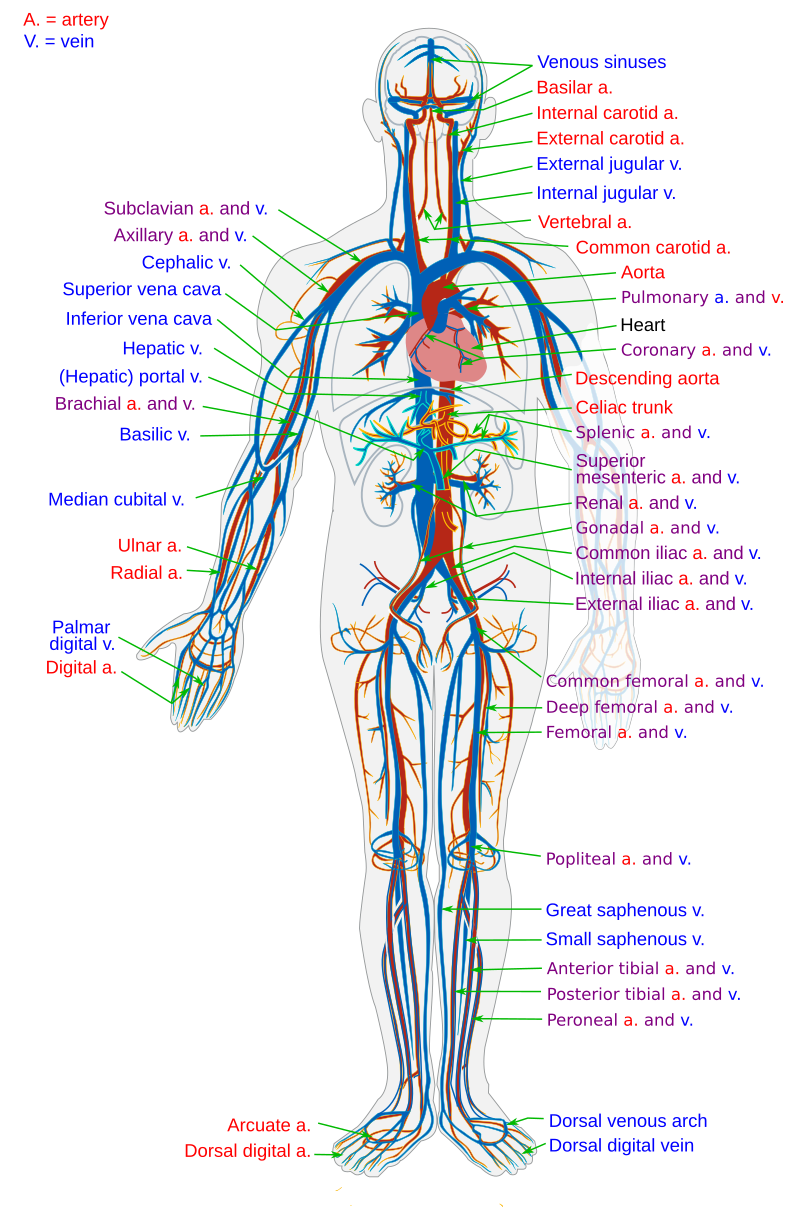Innovative Nanoparticle Platform Effectively Disrupts MRSA Biofilms

In a significant breakthrough in the fight against hospital-acquired infections, researchers from the Korea Advanced Institute of Science and Technology (KAIST) have developed a novel nanoparticle platform that combats Methicillin-resistant Staphylococcus aureus (MRSA) biofilms. This development was announced on May 29, 2025, led by Professor Hyun Jung Chung of KAIST's Department of Biological Sciences in collaboration with Professor Hyunjoon Kong from the University of Illinois.
MRSA poses a major challenge in healthcare settings due to its strong resistance to conventional antibiotics and its ability to form dense biofilms, which protect it from external treatments. According to the Centers for Disease Control and Prevention (CDC), MRSA is responsible for approximately 80,000 invasive infections and 11,285 deaths annually in the United States alone (CDC, 2022).
The innovative approach utilizes microbubbles to enhance the delivery of gene-targeted nanoparticles designed to disrupt the biofilm matrix and inhibit antibiotic resistance. The research team engineered short DNA oligonucleotides that target three critical MRSA genes: icaA (biofilm formation), ftsZ (cell division), and mecA (antibiotic resistance). This dual-strategy treatment combines physical and molecular techniques to penetrate and eliminate biofilms effectively.
In experimental models, including porcine skin and mouse wound models, the nanoparticle treatment demonstrated a significant reduction in biofilm thickness and bacterial counts, as well as decreased inflammatory responses. “This study presents a new therapeutic solution that combines nanotechnology, gene suppression, and physical delivery strategies to address superbug infections that existing antibiotics cannot resolve,” stated Professor Chung. The findings were published online on May 19, 2025, in the journal Advanced Functional Materials (Chung et al., 2025).
The implications of this research extend beyond MRSA, potentially impacting a wide range of resistant bacterial infections. The study received funding from the National Research Foundation and the Ministry of Health and Welfare of South Korea, as well as the National Science Foundation and the National Institutes of Health in the USA.
While the research presents promising results, experts caution about the need for further validation in clinical settings. Dr. Robert Smith, an infectious disease specialist at Johns Hopkins University, emphasizes, “The transition from laboratory success to clinical efficacy is crucial. We must ensure that these treatments can safely and effectively translate to human patients.”
The potential for this nanoparticle technology to revolutionize treatment strategies against resistant infections marks a significant advancement in medical research. As researchers continue to explore its application in systemic infections and various other diseases, the hope is that this innovative approach will pave the way for new therapies in the antimicrobial arsenal.
In summary, the development of this nanoparticle platform offers a new frontier in combating MRSA and other antibiotic-resistant infections, addressing a critical public health concern and holding promise for improved patient outcomes in the future.
Advertisement
Tags
Advertisement





